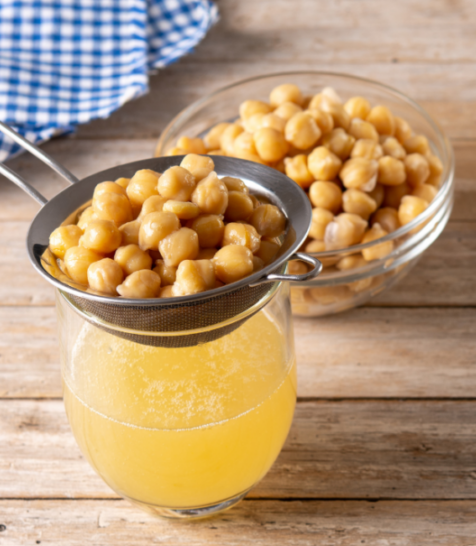
Reducing food waste at home can help save money on food, help the environment, and even encourage a healthy eating pattern for you and your family. We asked community members what they do to reduce food waste at home and compiled their responses into easy steps that you can build into your routine.
Plan Ahead
- Plan meals before going shopping to limit overbuying. Try to include everyone in the household in meal planning.
- Start with what you have to plan meals that use leftovers or ingredients already in your kitchen. Prioritize ingredients that are perishable like produce or refrigerated items.
- Plan multiple meals to creatively use the same ingredients in different ways.
Shop Smart
- Make a grocery list before shopping. Try not to shop when hungry.
- Avoid overbuying food by only purchasing what you need. If produce is offered in larger quantities, like grapes, move extra clusters to a different bag.
- Use the scales in produce departments to estimate how much items will cost.
- Shop in the bulk section of store when it makes sense. It can be a great place to buy pantry staples or spices in an amount you would use. Some items may not last long enough to make buying a large amount worthwhile. Whole grain flour stored at room temperature has a shelf life of one to three months and raw nuts last about six months. Store them in the refrigerator or freezer to extend their shelf life.
Be Aware
- “Best if used by” is the standard phrase voluntarily used by the food industry to indicate when a product will be at its best quality. This is not a safety label.
- Pay attention to signs of spoilage, like off odor or appearance, and do not eat unsafe foods. When in doubt, throw it out.
- To check the storage time for specific items, use the FoodSafety.gov Foodkeeper App.
- Before leaving on a trip, try to use perishable items in meals, or dehydrate or freeze foods. Dehydrating fruit, like apples, blueberries, and grapes can make a healthy snack to take along. Use the Preserve Smart App for safe easy-to-follow instructions.
- If bread or eggs are close to the best by date, make French toast and freeze it for later. Easy to reheat for a quick breakfast!
Store Well
- Use sturdy refrigerator and freezer storage containers.
- Glass storage containers with tight fitting lids and dual-purpose wide-mouth glass canning jars with one-piece lids are easy to clean and can be used to store food in the pantry, refrigerator, or freezer.
- Reusable silicone bags can help preserve the quality of refrigerated or frozen food and take up less room. If using plastic bags, use bags labeled for freezer use, they are thicker and protect food quality.
- Package leftovers in portion sizes that can be taken for lunch or reheated for one person.
- Label and date all leftovers in the refrigerator and freezer.
- Some produce lasts best at room temperature but cut fruit or vegetables should be put into the refrigerator or freezer right away. Try the Foodkeeper App for tips on how to store your produce.
Rethink Produce Scraps
- Make ‘clean the pantry soup.’ This can be a soup or soup stock using vegetable scraps in the refrigerator, pantry, or saved in the freezer.
- Chop the whole vegetable, like an onion, and freeze vegetables to use later.
- Freeze leftover fresh herbs. Dice herbs into an ice cube tray and cover with water or vegetable oil. Freeze the cubes, remove frozen cubes from the tray, and store cubes in a freezer bag. To use, put cubes directly into soups, stews, or sauces being simmered on the stove top.
- Examples on how to use all the edible parts of vegetables:
- Use the entire green onion or leek. The white will give a stronger onion flavor good for cooking, while the green is milder for garnish.
- Try the green leaves from root veggies, like beets, turnips, carrots, radishes in dishes or purée in
topesto. Beet greens are sweet and complement raw salad greens or cooked greens like kale or Chard. Carrot, turnip, and radish greens are slightly bitter and blend well with other flavors and textures. - Eat the broccoli stems. Peel the tough exterior and dice the stems into your dish, cut into strips for snacking with dip, or puree for a creamy soup thickener.
- Purée herb stems in dressings or sauces, for the same rich flavor found in leaves.
Reuse
- Plan to eat meal leftovers for breakfast, lunch, or dinner.
- Repurpose leftover produce by adding them to soups, stew, casseroles, smoothies, or other recipes that may not call for them.
- Compost scraps! Check your county for resources on composting kitchen scraps with yard waste or use a worm composting bin for smaller spaces. Compost is great for adding to the soil in your gardens!


